Health & Science
Mapping human emotions; Foraging by instinct; Smoking caterpillars; Vitamin E and Alzheimer’s
Mapping human emotions
When you’re angry, your face, head, and arms grow hot. When you’re depressed, a cold numbness grips your head and arms. Love triggers a warm glow throughout your upper body, especially around your heart. Human emotions, a new study has found, are directly linked to sensations in specific body parts, and the map is largely the same across different cultures. Finnish researchers reached that conclusion after showing 700 study participants in Finland, Sweden, and Taiwan words, videos, facial expressions, and stories designed to evoke 13 emotions, such as happiness, sadness, shame, disgust, envy, anxiety, and love. For each emotion, participants indicated where they felt increased and decreased sensation on computer-generated silhouettes of the human body. Individuals of different cultures and linguistic backgrounds drew very similar maps, indicating that emotions are hardwired to prepare the body for fighting, hugging, withdrawing, and other behaviors. “Our emotional system in the brain sends signals to the body so we can deal with our situation,” Aalto University psychologist Lauri Nummenmaa tells NPR.org. “It’s an automated system. We don’t have to think about it.” The information about how the body and feelings interact may help in diagnosing and even treating some emotional disorders.
Foraging by instinct
The Week
Escape your echo chamber. Get the facts behind the news, plus analysis from multiple perspectives.

Sign up for The Week's Free Newsletters
From our morning news briefing to a weekly Good News Newsletter, get the best of The Week delivered directly to your inbox.
From our morning news briefing to a weekly Good News Newsletter, get the best of The Week delivered directly to your inbox.
The way people walk when shopping or exploring a new place may be rooted in a hunting instinct they share with animals from penguins and sharks to honeybees. A new study has found that the Hadza, a Tanzanian tribe of hunter-gatherers, follow a mathematical pattern of movement called the Lévy walk when looking for food. The pattern, named after French mathematician Paul Lévy, involves many short exploratory moves within a small area, then a longer trek to another location followed by additional short-distance inspections. “Detecting this pattern among the Hadza, as has been found in several other species, tells us that such patterns are likely the result of general foraging strategies that many species adopt, across a wide variety of contexts,” Yale University anthropologist Brian Wood tells ScienceDaily.com. Previous studies have shown that people take a Lévy walk when wandering university campuses, urban environments, and amusement parks, but it was unknown whether the movement was natural or a response to the way things are built. Its use by hunter-gatherers suggests it is a fundamental pattern connecting human evolutionary history with that of other species.
Smoking caterpillars
For most creatures, nicotine is a poison. But the tobacco hornworm eats coyote tobacco plants all day long, consuming enough nicotine to paralyze most bugs. Now scientists understand why: The hornworms expel the nicotine through tiny holes in their bodies in a process called “defensive halitosis” that wards off the ravenous wolf spiders that want to dine on them. “It’s really a story about how an insect that eats a plant co-opts the plant for its own defense,” Ian Baldwin of Germany’s Max Planck Institute for Chemical Ecology tells LiveScience.com. The tobacco hornworm is a tiny, leaf-creeping caterpillar that is hundreds of times more immune to nicotine’s nerve-jangling effects than humans are. Scientists realized something unusual was happening during an experiment in the hornworm’s natural habitat, in which caterpillars that consumed nicotine-free tobacco plants were being killed overnight by wolf spiders. In a subsequent experiment, starving wolf spiders were presented with regular and nicotine-free caterpillars. They steered clear of the regular hornworms while feasting on the ones that couldn’t muster a defense of nicotine haze.
Vitamin E and Alzheimer’s
A free daily email with the biggest news stories of the day – and the best features from TheWeek.com
High doses of vitamin E may counteract mild to moderate forms of Alzheimer’s disease, slowing its impact on daily life by about six months, according to a new study by the U.S. Department of Veterans Affairs. Patients who boosted their vitamin E intake daily for two years saw improvements in their ability to make meals, get dressed, and hold conversations. As a result, they required about two hours less help from caregivers per day. While vitamin E did not stall cognitive or memory deterioration, researchers say it could help patients retain their independence for longer. “A delay in six months over two years, that’s very meaningful to some patients and caregivers,” University of Minnesota psychiatrist Maurice Dysken tells Bloomberg.com. The study involved more than 600 older veterans, mostly men, already diagnosed with mild to moderate forms of Alzheimer’s. One group received 2,000 IUs of vitamin E daily, almost 90 times the government’s recommended dose for healthy adults. Other groups received memantine, an anti-dementia drug; vitamin E plus memantine; or a placebo. Only the vitamin E alone showed a statistically significant effect. While “it’s not a slam dunk,” says the Mayo Clinic’s Ronald Petersen, “it gives doctors and patients another option to use as the disease progresses.”
-
 Political cartoons for December 14
Political cartoons for December 14Cartoons Sunday's political cartoons include a new White House flag, Venezuela negotiations, and more
-
 Heavenly spectacle in the wilds of Canada
Heavenly spectacle in the wilds of CanadaThe Week Recommends ‘Mind-bending’ outpost for spotting animals – and the northern lights
-
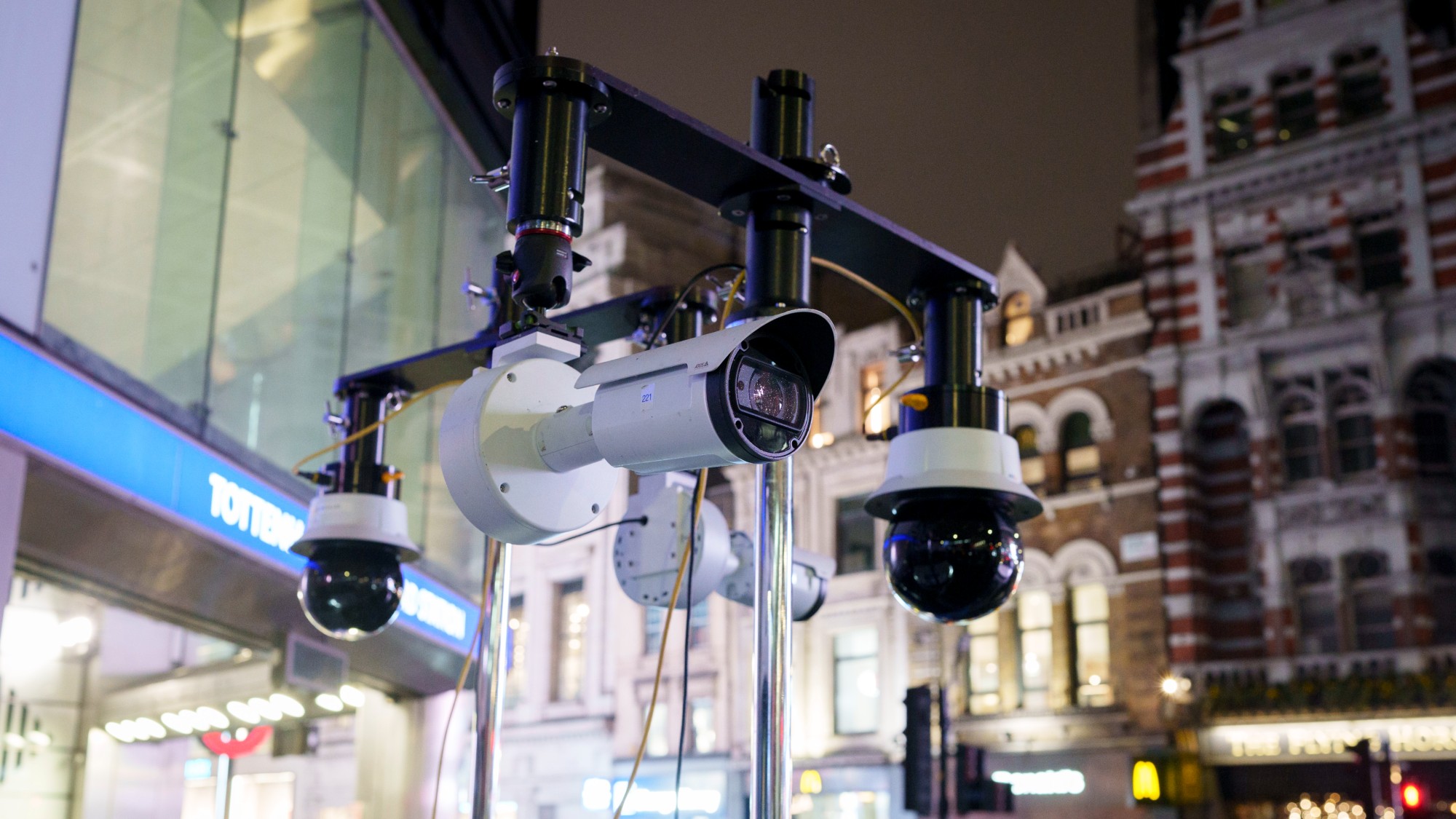 Facial recognition: a revolution in policing
Facial recognition: a revolution in policingTalking Point All 43 police forces in England and Wales are set to be granted access, with those against calling for increasing safeguards on the technology
-
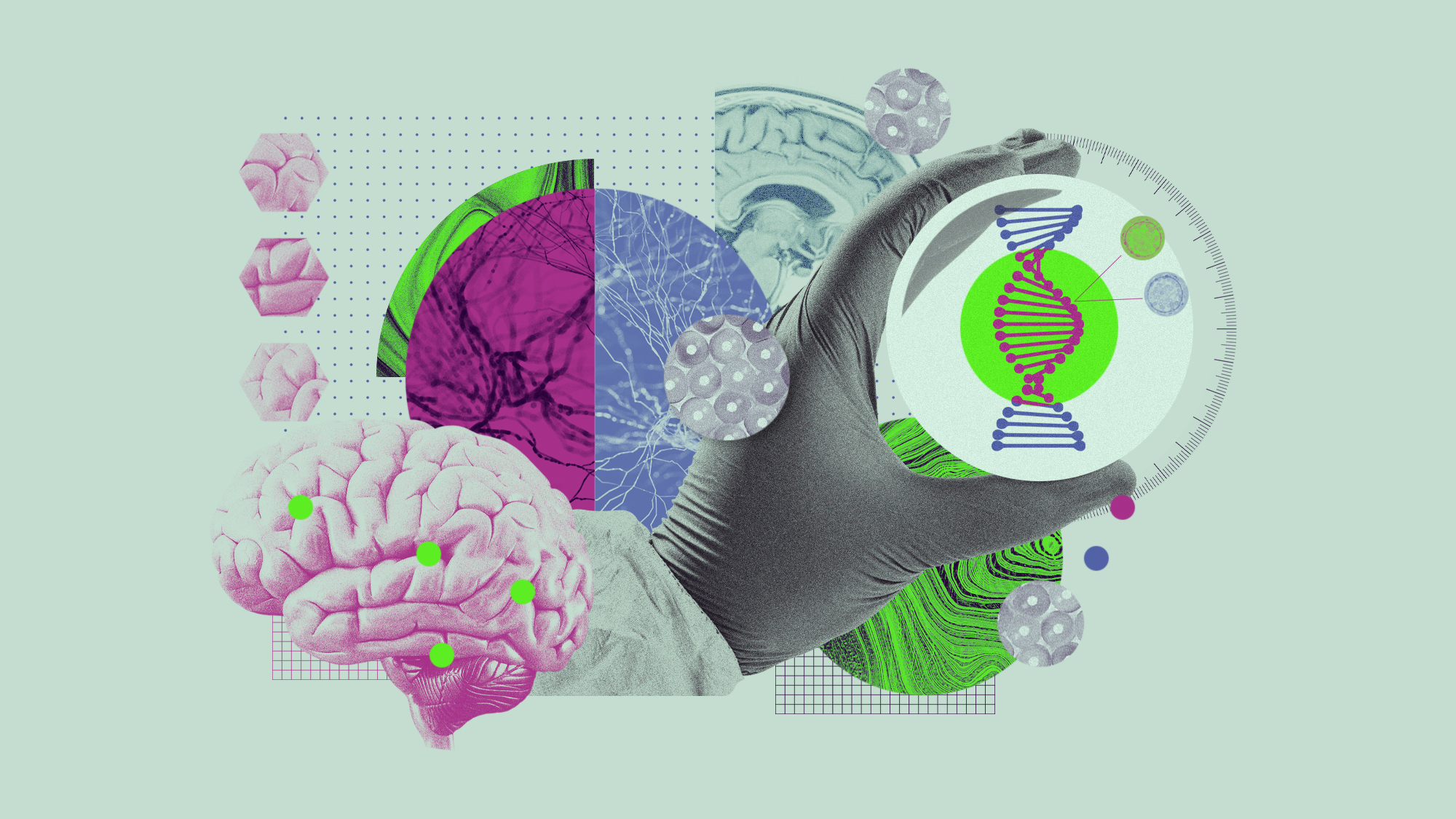 5 recent breakthroughs in biology
5 recent breakthroughs in biologyIn depth From ancient bacteria, to modern cures, to future research
-
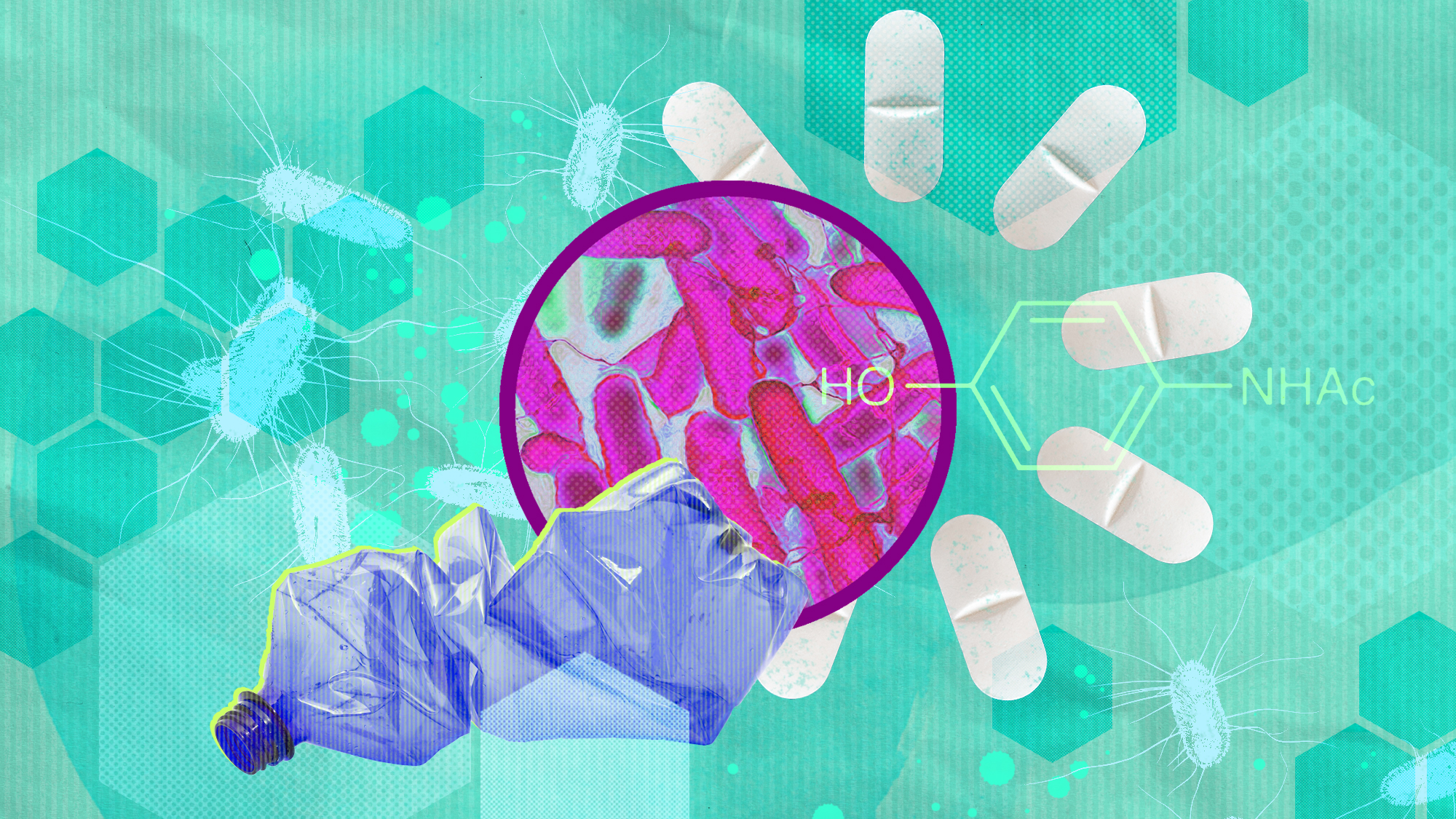 Bacteria can turn plastic waste into a painkiller
Bacteria can turn plastic waste into a painkillerUnder the radar The process could be a solution to plastic pollution
-
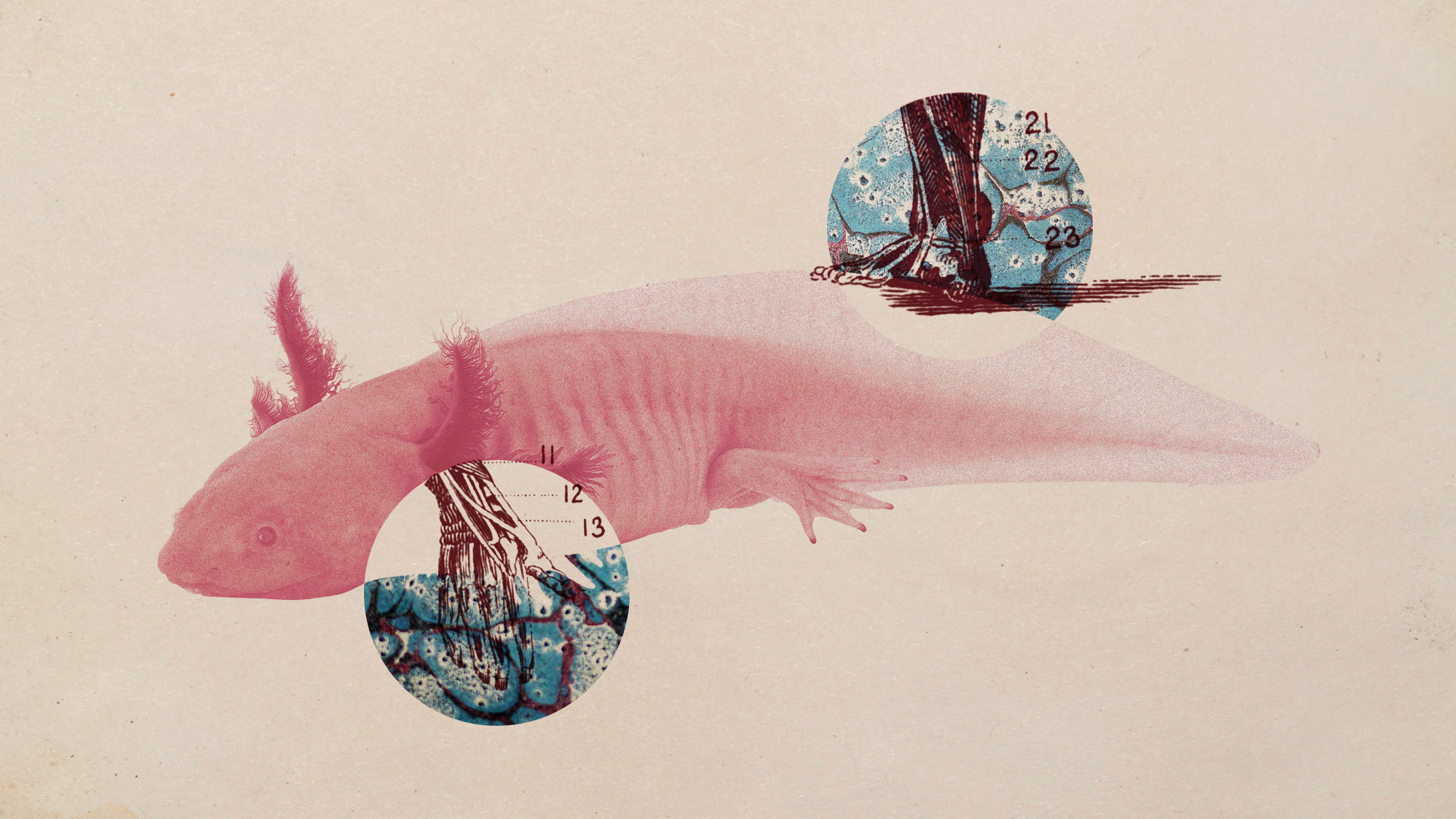 Scientists want to regrow human limbs. Salamanders could lead the way.
Scientists want to regrow human limbs. Salamanders could lead the way.Under the radar Humans may already have the genetic mechanism necessary
-
 Is the world losing scientific innovation?
Is the world losing scientific innovation?Today's big question New research seems to be less exciting
-
 Breakthrough gene-editing treatment saves baby
Breakthrough gene-editing treatment saves babyspeed read KJ Muldoon was healed from a rare genetic condition
-
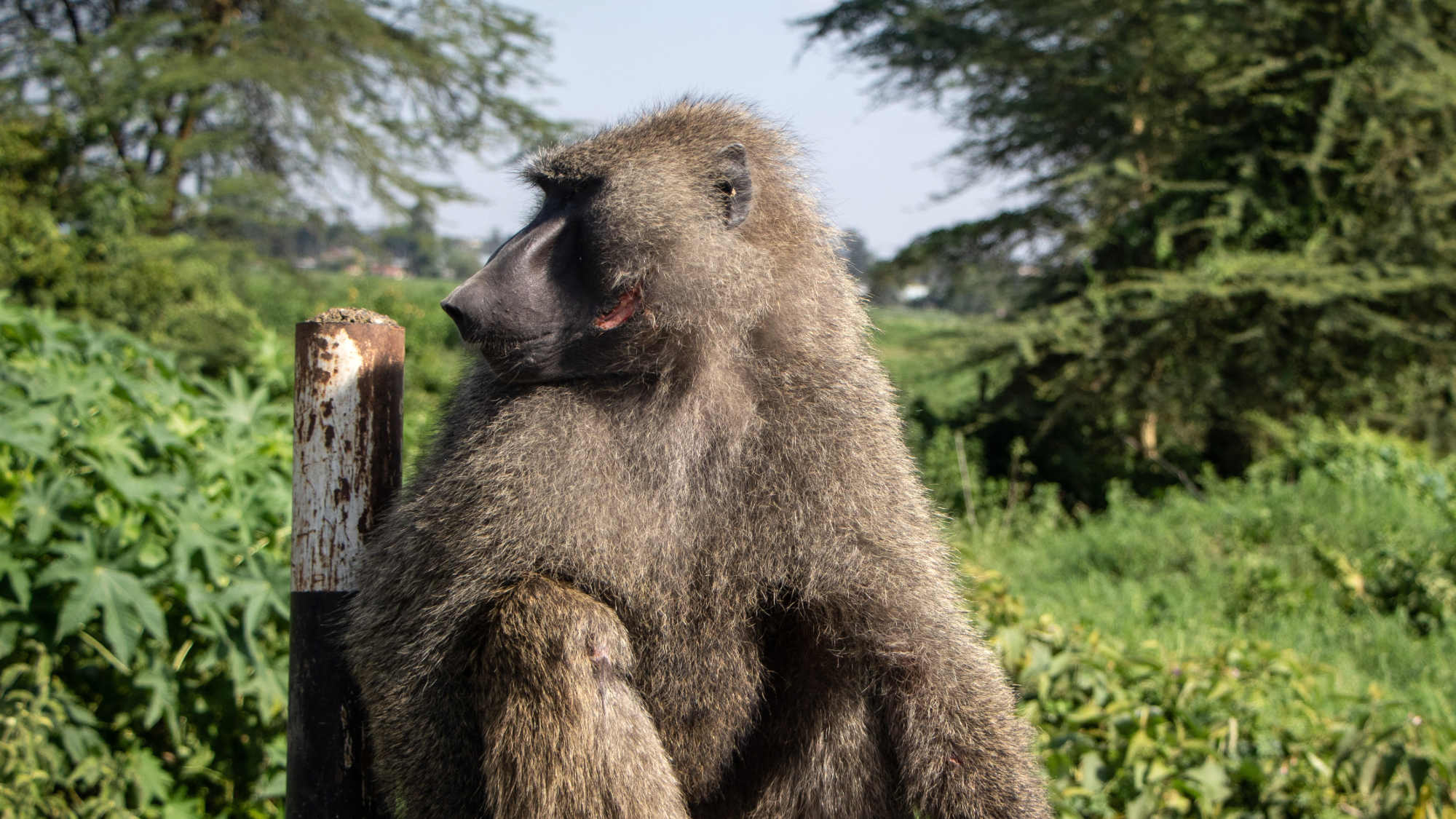 Humans heal much slower than other mammals
Humans heal much slower than other mammalsSpeed Read Slower healing may have been an evolutionary trade-off when we shed fur for sweat glands
-
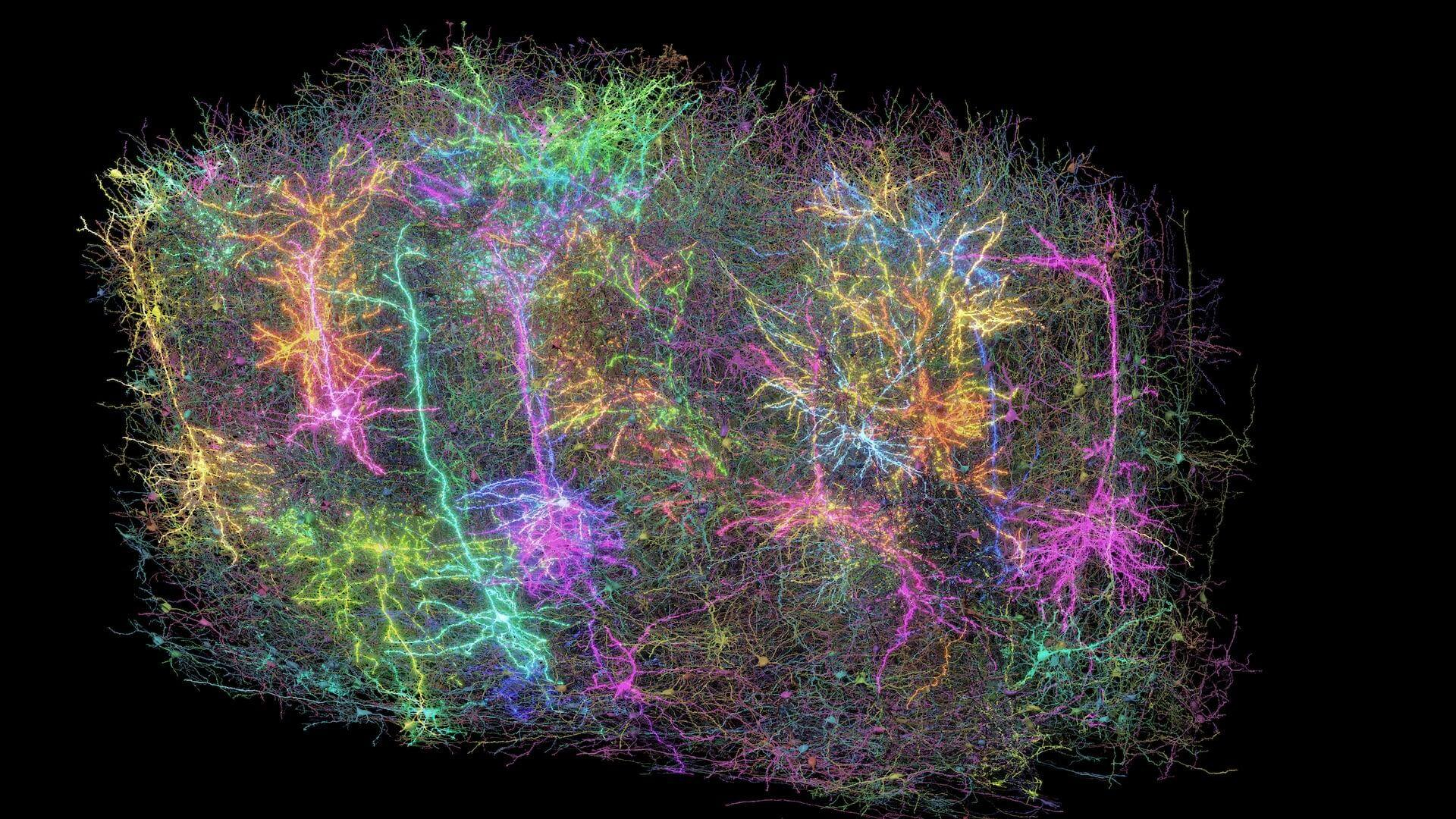 Scientists map miles of wiring in mouse brain
Scientists map miles of wiring in mouse brainSpeed Read Researchers have created the 'largest and most detailed wiring diagram of a mammalian brain to date,' said Nature
-
 Scientists genetically revive extinct 'dire wolves'
Scientists genetically revive extinct 'dire wolves'Speed Read A 'de-extinction' company has revived the species made popular by HBO's 'Game of Thrones'